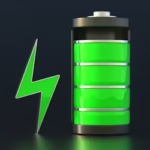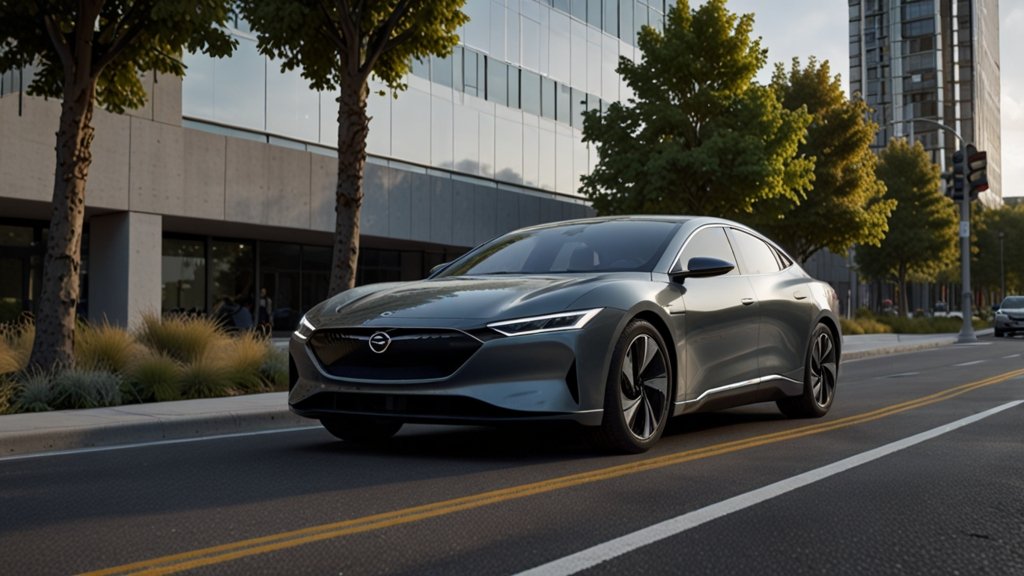The roads are experiencing a quiet revolution, humming with the sound of electric motors and innovation. Electric cars are quickly becoming more than just a niche alternative as people become more concerned about the environment and technology improves. They’re becoming useful, powerful, and smart ways to get around in everyday life. With so many different models, battery technologies, and features to choose from, it’s important to know what’s out there so you can make a decision that’s both forward-thinking and tailored to your lifestyle.
Different Types of Electric Vehicles Offer Different Benefits
Not all electric vehicles work the same way. Some cars run fully on electric power and need charging stations to charge their batteries. Others use both fuel and electric power to go longer without stopping. Fully electric cars produce no exhaust and help clean the air. Plug-in hybrids use both systems and switch between gas and battery. This helps when charging stations are not closed. Small electric cars suit city trips, while larger ones carry more people or heavy loads. Trucks and SUVs that use electric power give strong performance without fuel costs. Each type serves a different need, and drivers choose based on daily habits and travel plans. Picking the right kind means checking how far it goes on one charge, how long charging takes, and what kind of roads it will drive on most.
Charging Options Make a Big Difference
Where and how to charge an electric vehicle shapes the whole experience. Some cars plug into a regular wall outlet at home, but this charges slowly. Faster chargers, called Level 2, need special equipment and charge the battery in a few hours. Public stations across cities and highways give fast options that work in minutes. Charging stations grow more common each year, making travel easier. At work, some jobs provide charging spots for staff. At home, drivers can set timers to charge during low-cost power hours. Some vehicles show nearby charging points on screens inside the car. Planning when and where to charge helps avoid problems and keeps the battery ready for any trip. Strong charging networks remove worry about running out of power too soon.
Costs and Payment Plans Help Buyers Make Smart Choices
Electric cars have prices that range from low to high, depending on size, brand, and features. Some buyers look for small savings, while others want large trucks with more power. New drivers often check total costs, including battery life, repairs, and power bills. Electric cars cost less to run over time since they skip gas and need fewer repairs. Some companies offer help with payments to make the first cost easier. When considering a Rivian electric truck, for example, Rivian finance options exist to provide a way for people to spread payments over time with clear terms. This helps buyers who want a clean ride without paying all at once. Tax credits and local deals also lower the final cost. Clear payment plans, paired with lower fuel bills, help many drivers start the switch.
Features and Technology Add Comfort and Safety
Electric vehicles now come with tools that help people drive with less stress. Many have screens that show maps, battery levels, and nearby stations. Some can warm up or cool down before the trip starts. Voice control helps change music or call someone without touching buttons. Safety features include alerts for things behind the car, help staying in the right lane, and systems that stop the car in danger. Cameras help with parking, and some cars steer gently to avoid crashes. Seats adjust in many ways for comfort on long trips. Some EVs even update their software from home, like phones do. These tools give a smoother, safer ride and make the car feel smart and ready for anything.
Environmental Impact Brings Real Change
Electric vehicles help reduce pollution that comes from gas and oil. When a car runs on battery power, it does not give off harmful gases into the air. This keeps the air cleaner and helps people breathe better. The power that charges the battery can also come from wind or sun, which means the whole system stays clean. Over time, this helps cut down on global warming. Many cities support EV use to reduce traffic fumes. Making and recycling EV parts also grows better each year. Cleaner roads, fewer oil spills, and less noise show that electric cars bring real change. Each new EV on the road adds to this shift toward a cleaner future.
Conclusion
Electric vehicles offer smart, clean ways to travel. With the right type, charging plan, payment choice, features, and impact, each driver finds what works best. Clear facts and simple steps help the switch feel easy. A better way to move forward now takes shape on roads everywhere. More models arrive each year, giving drivers more choices than ever before. As charging networks grow and costs become more friendly, electric vehicles become a stronger option for many. Choosing an EV is no longer hard—it’s becoming the normal way to drive cleaner and smarter.











